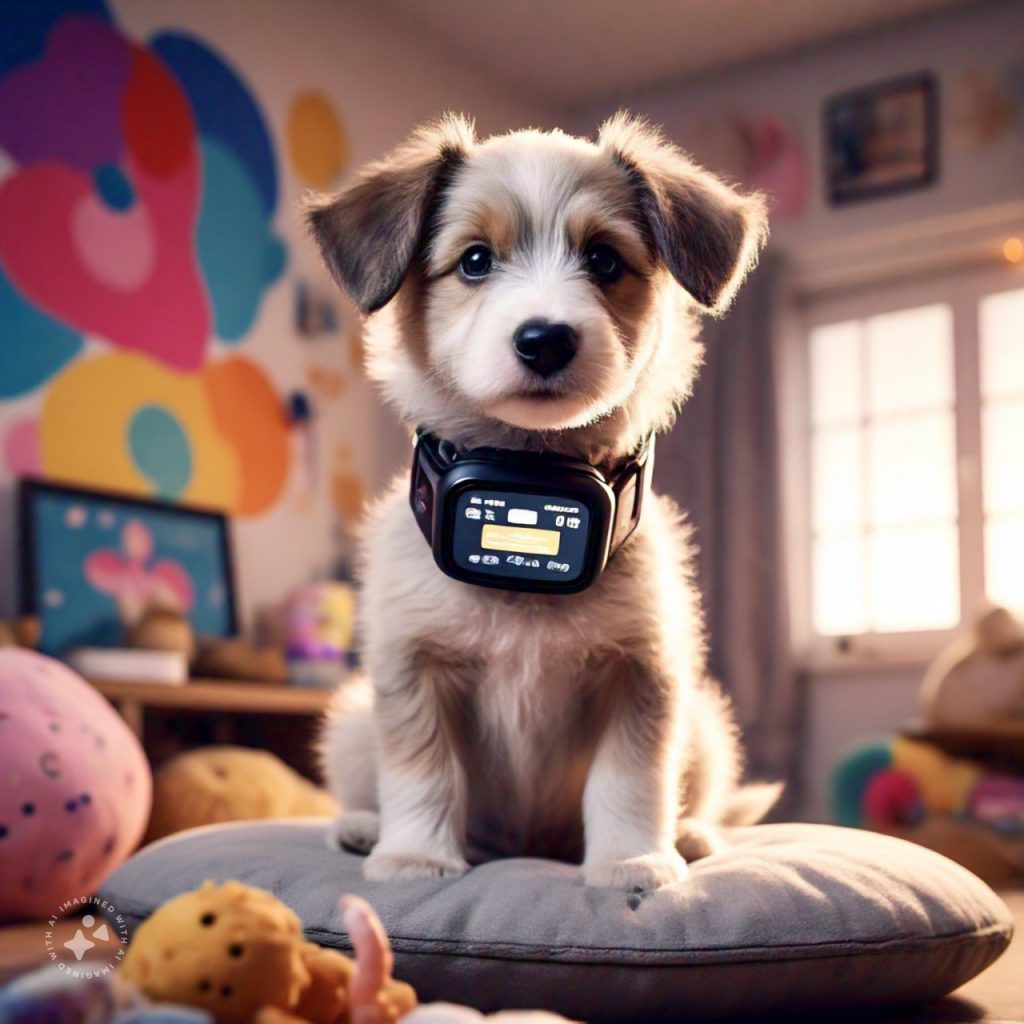The pet tech industry is booming, and as we head into 2025, innovations in wearable devices, health trackers, and cutting-edge gadgets are set to transform the way we care for our furry companions. From monitoring health metrics to enhancing pet safety and well-being, technology is bridging the gap between pet owners and their animals in unprecedented ways.
The Rise of Pet Wearables
Pet wearables have evolved far beyond simple GPS trackers. In 2025, these devices are becoming comprehensive tools for monitoring health, behavior, and activity. Equipped with advanced sensors, AI-powered analytics, and real-time tracking, pet wearables are indispensable for proactive pet care.
Key Features of Modern Pet Wearables
- Health Monitoring: Wearables now track vital signs such as heart rate, temperature, and respiratory rates, helping owners detect early signs of illness.
- Activity Tracking: Like human fitness trackers, pet wearables monitor daily exercise levels, ensuring pets meet their activity needs based on breed and age.
- Behavior Analysis: AI algorithms can identify unusual behaviors, such as excessive licking or restlessness, signaling potential health or anxiety issues.
- Integration with Veterinary Platforms: Data collected from wearables is often synced with apps or shared with veterinarians for remote monitoring and analysis.
Health Trackers: A New Standard for Pet Wellness
Health trackers are at the forefront of the pet tech revolution. These devices are tailored to provide owners with insights into their pet’s physical and emotional health, enabling early intervention and better quality of life.
Innovative Trends in Pet Health Trackers
- Smart Collars: These devices offer a combination of GPS tracking, geofencing, and health metrics. For example, if a pet ventures beyond a designated safe zone, the collar sends instant alerts to the owner.
- Implantable Microchips with Sensors: Beyond basic identification, microchips embedded with sensors can continuously monitor internal body conditions, such as glucose levels in diabetic pets.
- Wearable ECG Monitors: For pets with heart conditions, wearable ECG monitors track cardiac activity and provide veterinarians with accurate data for ongoing care.
- Diet and Nutrition Insights: Some health trackers are equipped to analyze dietary habits, ensuring pets maintain a balanced diet.
Beyond Wearables: The Future of Pet Tech
While wearables and health trackers dominate the current market, other groundbreaking technologies are shaping the future of pet care.
1. AI and Machine Learning in Pet Care
AI is playing a pivotal role in analyzing pet behavior, diagnosing illnesses, and even training pets. Apps powered by AI can interpret pet vocalizations and body language, giving owners a deeper understanding of their furry friends.
2. Smart Homes for Pets
The concept of smart homes now extends to pets. Automated feeders, smart water dispensers, and climate-controlled pet beds ensure pets live in comfort.
- Interactive Toys: These toys use AI to adapt to a pet’s play style, keeping them engaged and mentally stimulated.
- Smart Cameras: Cameras with two-way audio and treat dispensers allow owners to interact with pets remotely.
3. Virtual Veterinary Care
Telemedicine for pets is becoming mainstream, allowing owners to consult veterinarians online. Devices like digital thermometers and otoscopes enable owners to conduct basic exams at home and share the results during virtual appointments.
4. Biometric Identification
Biometric tech, such as facial recognition and nose-print scanning, is replacing traditional ID tags. This ensures lost pets can be identified and reunited with their owners more efficiently.
The Benefits of Pet Tech
The adoption of pet tech offers a host of benefits, including:
- Improved Health Outcomes: Continuous monitoring allows for early detection and treatment of health issues.
- Enhanced Bonding: Technology fosters a deeper understanding of pets’ needs, strengthening the human-animal bond.
- Convenience for Owners: Automated and smart devices make pet care more manageable for busy owners.
- Safety Assurance: GPS trackers and geofencing minimize the risk of losing pets.
Challenges and Considerations
Despite its advantages, the pet tech industry faces challenges:
- Privacy Concerns: Data collected by wearables may be vulnerable to breaches.
- Cost Barrier: Advanced devices can be expensive, limiting accessibility for some pet owners.
- Learning Curve: Adapting to new technology might be daunting for less tech-savvy pet owners.
Looking Ahead
As the pet tech industry continues to grow, collaboration between tech companies, veterinarians, and pet behaviorists will drive innovation. By 2025, the focus will likely shift towards more personalized and predictive care, with AI and machine learning leading the charge.
Pet tech is not just about gadgets; it’s about improving the quality of life for pets and their owners. Whether it’s through wearables that monitor health, smart homes that provide comfort, or AI-driven tools that decode behavior, the future of pet care is brighter than ever.
Final Thoughts
In 2025, pet tech is poised to become an integral part of responsible pet ownership. By embracing these advancements, pet owners can ensure their furry companions lead healthier, happier lives. As technology evolves, the possibilities for enhancing pet care are boundless, taking us one step closer to a world where pets and their humans thrive together.

